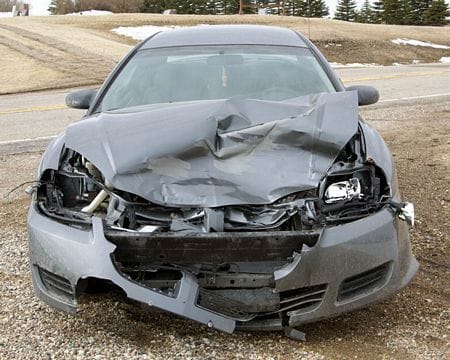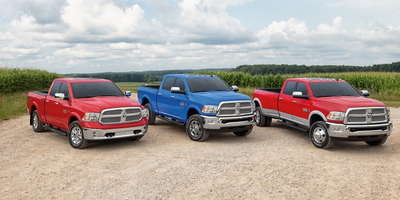The latest survey from State Farm Insurance shows collisions between deer and vehicles are up 18 percent in five years

Four-legged trouble
At LotPro.com, we appreciate all kinds of cars. From sports cars to SUVs and mini compacts to pickups, it’s all about enjoying the journey and arriving safely at your destination.
The key word here is enjoyment. For with the fall season upon us, those of us who live and work in Michigan (and pretty much deal with the problem all year long) realize that there is another thing that many of the nation’s drivers need to be aware of: vehicle-deer collisions.
Taken from claims data
Using its own data, State Farm Insurance estimates that between July 1st of 2007 and June 30th of 2009, there were more than 2.4 million collisions between the creature affectionately known by millions of children as “Bambi” and motor vehicles (which, if you do the math, equates to 100,000 per month).
We’re mentioning this now, because, according to State Farm’s figures, these chance meetings are far more likely to occur between October and December during the early evening hours.
The dubious winners
According to the insurer, the top 5 “winning” states are, in order, West Virginia, where the odds of hitting a deer in the next 12 months are 1 in 39, Michigan, where drivers have a 1 in 78 chance, Pennsylvania (1 in 94) and, finally, Iowa and Montana, where your chances, in both states, are 1 in 104.
Rounding out the top 10 are Arkansas, South Dakota, Wisconsin, North Dakota and Virginia.
Avoiding a close encounter
Many vehicle-deer collisions are unavoidable, but you can lessen the odds of Bambi becoming a hood ornament or an unwanted guest in your passenger compartment by following these tips furnished by State Farm:
• Be aware of posted deer crossing signs. These are placed in active deer crossing areas.
• Remember that deer are most active between 6 and 9 p.m.
• Use high beam headlamps as much as possible at night to illuminate the areas from which deer will enter roadways.
• Keep in mind that deer generally travel in herds - if you see one, there is a strong possibility others are nearby.
• Do not rely on car-mounted deer whistles.
• If a deer collision seems inevitable, attempting to swerve out of the way could cause you to lose control of your vehicle or place you in the path of an oncoming vehicle.












